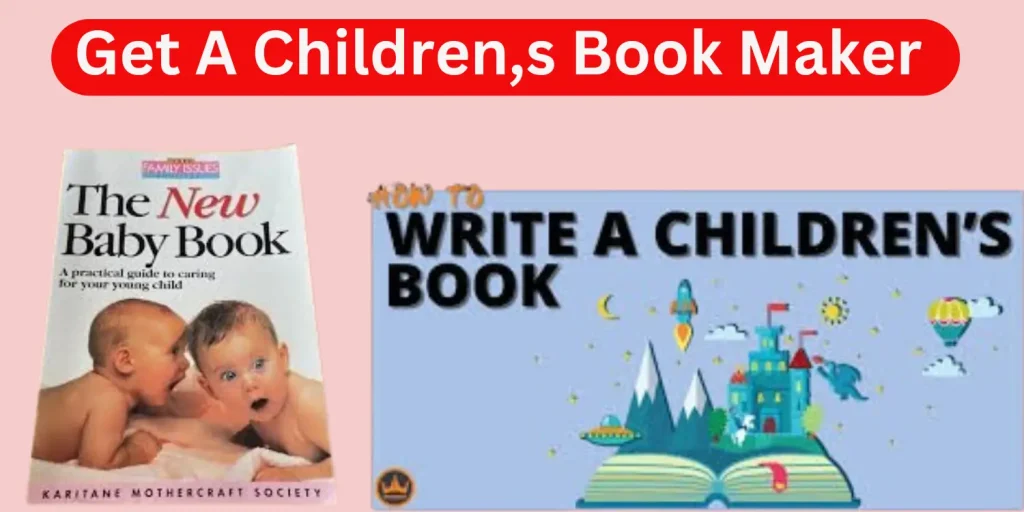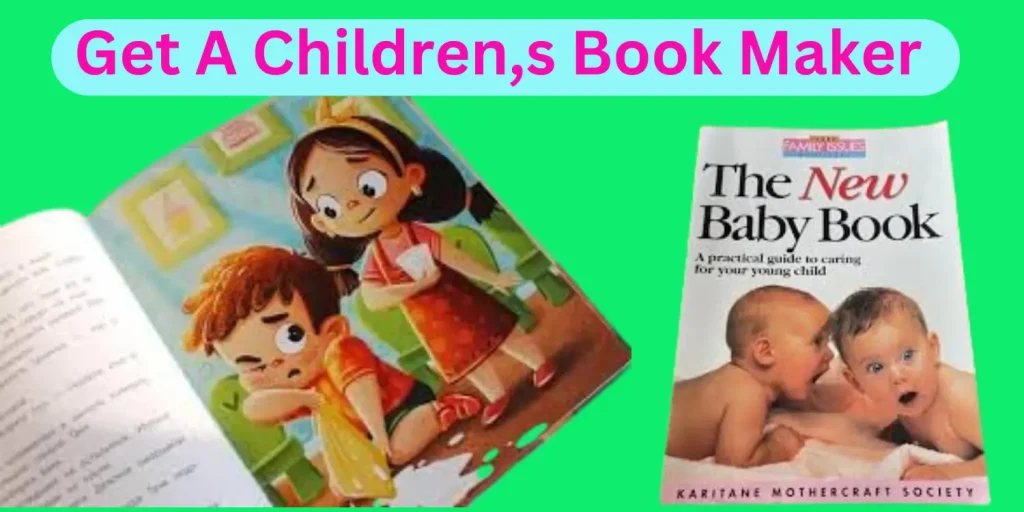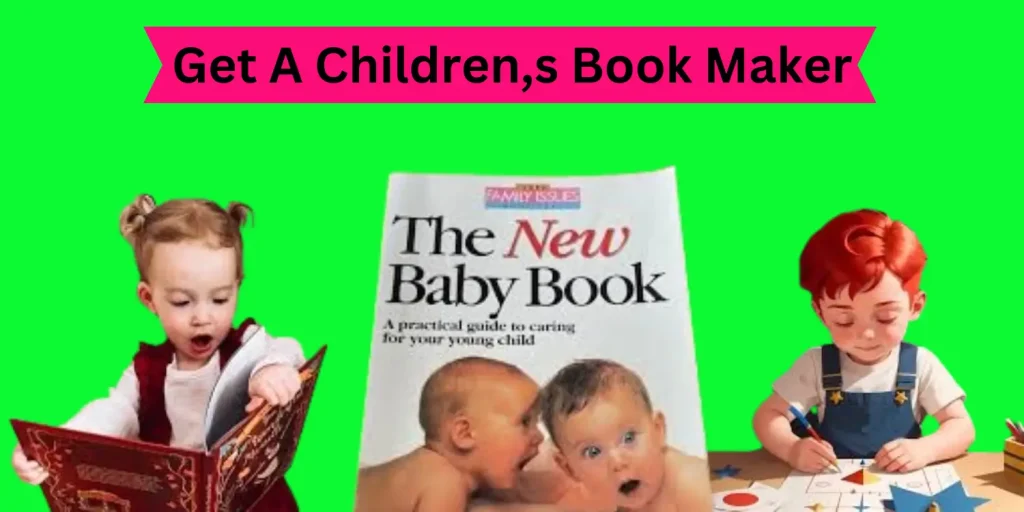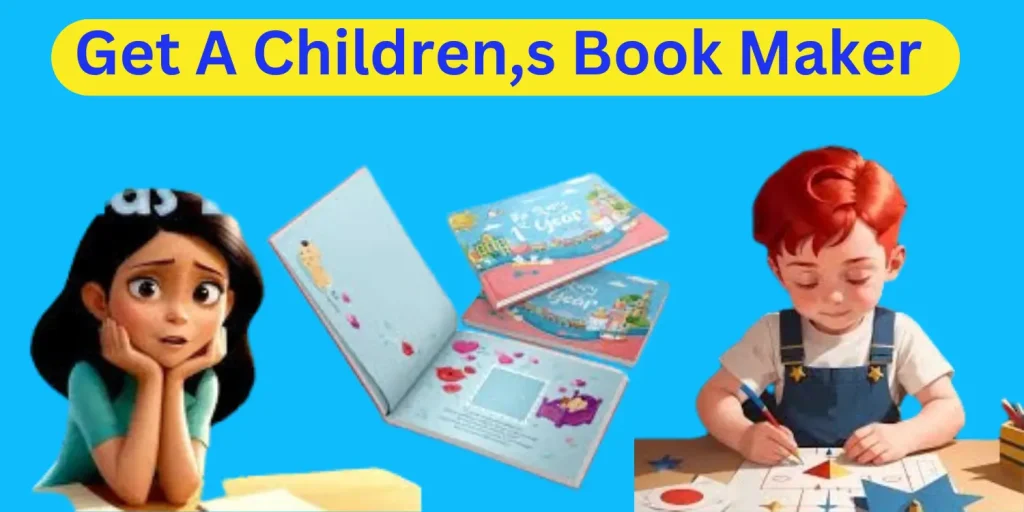
Introduction About to a children’s book?
Welcome to The Talking Map and Oliver’s Amazing Adventures! Oliver was a curious kid with a big heart and an even bigger imagination. He liked dreaming up new adventures, investigating, and asking questions. One sunny afternoon, Oliver was rummaging through a corner of his grandmother’s attic when he stumbled upon something extraordinary: an ancient dusty map that shimmered when he ran his fingers across it. Well, here’s the thing, this map wasn’t just any map. This enchanted talking map showed him areas he’d never even seen before!

According to the map, Oliver was about to go on the most thrilling adventure of his life. He waved his hand, and the map unrolled, unfurling secret places with mysterious forests and wild animals and marvelous treasures. But that wouldn’t be easy. Along the way, Oliver faced difficult puzzles to solve, demonstrated bravery in the face of danger and made new friends.
Are you ready to go with Oliver? Each turn is an awakening, and you never know what marvels you may encounter! The most spectacular things can happen when you put your faith in yourself and never quit, something Oliver and the animated map will discover.
This is just the beginning of the journey. Come on!
This opening doesn’t just pique young readers’ interest; it also introduces the story’s main character and sets the stage for an exciting adventure.
What does a designer of children’s books do?
The creative work of a children book designer has a major impact on the structural and graphic elements of a children book. Their task is to bring the story to life using engaging layouts, typography, images, and design overall. Their work is more than just making the book look good; they ensure that the design adds to the reading experience for young readers and is appropriate to the story.

The designer collaborates with publishers, illustrators and authors to ensure that the book appears cohesive. They select the layout, font style and colour scheme to ensure the book is visually appealing and appropriate for the age-range it targets. They then work with the illustrator to bridge the divide between words and pictures, determining how text and visuals will work together on the page.
The designer is able to focus on using more extensive fonts and simple layouts to ensure the content is accessible for early readers. The creator of more complex children’s books may experiment with imaginative elements that go in line with the tone and concept of the book.
All in all, a children’s book designer is an important person in creating a book that’s visually appealing and functional, combining a visual storytelling experience with an art experience for little readers.
Starting off a sentence in a children,s book?

The opening line of a children’s book is so critical because it sets the tone and grabs the reader in that first moment. Simple, accessible and attention grabbing opening line will draw young readers into the gruesome details as well as encourage them to read on. Well, here are some tips on how to write a good first sentence:
Inspire curiosity: Start with an unknown or interesting concept to draw the children in. For example,”Lily always wondered what it was like to fly, but never dreamed it could be in her own backyard.”
Introducing: At the beginning introduce your main character and their world. Or, “Max had a secret treehouse behind his house, and today would be the day he would discover what was inside.
Set the scenario: Immediately establish the scene. “Once upon a time, there was a small village with houses like gingerbread cookies, and a little enchanting shop that appeared once every hundred years.
How to Start: Use action: Imply action in the first line— use some such language that makes the reader a little excited or adventurous. Example: “As soon as the clock struck midnight, Emily knew something magical was about to take place.”
No matter what device you employ, the goal is to hook the young readers with the first line by rendering it funny, memorable, and exciting.
How would you describe a children’s book?
A children’s book is a literature work that is written specifically for a younger reader’s audience (ages from one to ten). These are often novels with plain language, engaging stories and subjects that connect with kids’ lives, emotions and imaginations. The material is age appropriate, usually, with a mix of humour, wonder and playfulness. Like all children’s books, a main aim of the book is to educate, entertain and help its young readers make sense of the world.

Children’s books come in many forms, from picture books to early readers to chapter books to middle-grade novels. In picture books, for example, there are pictures on almost every page, and the art is a fundamental component of telling the story. This also makes the books attractive to look at and helps young readers understand the story. The tone in chapter books and middle-grade novels, often dealing with themes of friendship, bravery, and self-discovery, is appealing to young readers, as well, even with more text and fewer illustrations.
A good children’s book captivates young readers so that they love to read by giving them a sense adventure or by making them learn some moral lessons. It spurs creativity, helps develop language skills, and often introduces fresh ideas via entertainment, fantasy, or familiar real-world scenarios.
How do you write an introductory line?
Writing a great opening line is crucial as it captures the reader’s attention and sets the mood for the rest of the piece. Here are some tips for writing a compelling and memorable first sentence:
Be curious first: Start with a strong opening sentence that grabs the interest of the reader Or, for example: “The second Lily touched the glowing stone, everything around her started to shift.”
This serves to keep the reader hooked and curious about what happens next.
Build a Strong Picture: A graphic description can entice readers instantly, in particular for younger readers For example: “As the dragon flew over the village, the sky was swooned with the colors of pink and orange.”
Because this creates an immediate mental picture, the reader wants to keep reading.
Introduce an Interesting Character: Start with a character’s unique trait or activity. For example: “Max was the only kid in school who could talk to animals, but today, he was going to meet the weirdest one yet.”
This sets up an adventure to come, and introduces an intriguing character.
Question: Open with a question that intrigues or lays the groundwork for the story. For example: “What would you do if you had found a door to another world in your backyard?”
This invites the reader to place themself into the narrative.
Beginning with action: Starting with action can hook your reader immediately. For example: “Tommy ran as fast as he could, the treasure map flapping in his hand.”
It creates a sense of movement and energy.
To sum up, a killer first sentence needs to grab the reader’s attention and intrigue them with something to be curious about, a definite setting or a compelling character or situation. It should set the tone and capture the reader’s attention.
How it helps children with activity books?
Activity books are a great way for kids to have fun and learn while developing a range of skills. These books are designed to keep children engaged with activities like word-searches, puzzles, colouring pages, mazes, drawings and other simple activities. They advocate experiential learning, which makes abstract concepts more accessible and fun.
Activity books mostly help you develop cognitive skills. Brainteaser and puzzles sharpen creative thinking, reasoning and problem-solving skills. While also teaching children to be patient and focus as they finish activities, they also enhance memory recall.
They also promote imagination and creativity. Coloring pages, drawing challenges and do-it-yourself crafts let kids express their creativity while improving their fine motor skills. These books also promote self-expression because children can create their own illustrations and story lines.
Another nice aspect of activity books is they are a fun way to reinforce academic learning. Many activity books reinforce study topics learnt at school through play by focusing on subjects like language, science or maths.
Lastly, activity books provide kids hours of quiet, screen-free entertainment, so you can easily keep them occupied during downtime, traveling or just to relax. All in all, activity books are the perfect blend of creativity, fun, and education.
How can we write the perfect opening line of a story?
The best opening line of a story is one that catches the reader’s interest immediately, piques their curiosity or emotional response, and sets the stage for the rest of the piece. Their first statement should be so captivating as to make the reader want to read more. Common elements that can make a compelling hook include:
Mystery or intrigue: The reader is intrigued by a line that hints at the surprising, perhaps unexplainable. For example, “The clock struck midnight, and Emma was not afraid.” This immediately raises interest in what happens at midnight and why Emma isn’t afraid.
Evocative image: A powerful image can pull the reader into the world of the story. Like, “The sun sank beneath the horizon, aflame a light ablaze across the sea.” This sets up a dramatic tone and gives a vivid picture.”
Active: To generate some excitement, you want a phrase that starts with it. If you want to create tension, “Lucas ran as fast as he could, the footsteps behind him growing louder.” This leads to immediate tension — and curiosity about what might happen next.
Character intro: A distinctive or captivating opener introduces a character. THIS IS A PREQUEL NOVEL — AND A CAMERA DOESN’T LIE. This must indicate conflict, or at least a strong plot point.
The best opening line, ultimately, is one that welcomes the reader to step inside and find out more by laying the groundwork for a story that feels full of potential.
Which quotes from what stories are appropriate?

The soul of a story is embodied in selected phrases that offer a clue into the mood felt, the problems tackled, or a character’s trajectory. Often, the readers identify a deep connection with these quotations that ignite the spark of questioning or enlightenment within. The most defining features of tale quotes are:
Universal truths: A saying that resonates with a lot of people has a great impact. For example, It’s not the years in your life that count, it’s the life in your years. ― Abraham Lincoln. This is reflected in making the most of your time and experience.
Character insight: A well-chosen statement can offer a deep insight into a character’s feelings or struggles. For example, (paraphrasing) “I fear not the storms, for I am learning to sail my ship.” Alcott, Louisa May. This ties into resilience and your close development.
Quotes that exalt; We tend to pay attention to quotes that motivate or inspire readers. And the only way to do great work is to love what you do. ― Steve Jobs. That underpins commitment and dynamism.
Creates memorable imagery: A strong quote can create an image in a readers mind. “The world is a book and those who do not travel read only one page.” — Augustine. It is a powerful metaphor about the worth of living.
Overall, the best writing quotes that apply to your story are endlessly applicable to your writing because they tug at the emotional roots of what your story is about.
Positive Quote About Books Where You Can Find It?
Books have been source of learning, culling and joy for ages. A well-turned phrase captures the ability of literature to open new worlds and make better lives. Lewis was not wrong when he said, “We read to know we are not alone.” This simple but keen remark shows that books can help readers feel comforted and connected to others — especially when times are tough — through the characters, events and ideas that readers can share.
Books are not just facts or a story on a page: they’re windows to multiple worlds, growing empathy, broadening understanding and inspiring creativity. Aside from sage teachings that have shaped human evolution, they allow readers a glimpse into other worlds as well. “Books are proof that humans are capable of working magic” — Carl Sagan This shows books’ power not just to entertain but to interrogate, inspire, transform lives.
In a distractive world, books are an invaluable source of wisdom and clarity. They encourage self-reflection, creativity and critical thinking. Whether in the pursuit of diversion, enlightenment or self-improvement, books can make us better, kinder people. As George R.R. Martin wrote, “A reader lives a thousand lives before he dies.” There is one only life for him who never reads.
What should be the format of a children book summary?
Writing a logline for a kids’ book Loglines for kids’ books are like a description for your book condensed into one sentence. Here is a detailed guide:
Introduce the main character or characters: Name the hero or heroes, as well as what makes them special or interesting first. Focus on qualities that will attract young readers. For example, “Timmy is a curious boy who loves adventure, but he’s always too scared to go on one.”
A describe the situation/issue: Describe the main subject’s primary conflict/struggle. Answers: Be relatable and straightforward. For (example) “One day Timmy finds a magical forest behind his house but he’s too scared to check it out.
What does the adventure or trip get away from: The story conceipted by the character’s way to work out how the problem. Highlight any major events or changes. For example, “With the assistance of a chatty rabbit, Timmy resolves to conquer his fears and venture into the forest.”
Lesson or resolution: How does the story end, and what does the character learn, if anything? For example, “Timmy ultimately learns that courage doesn’t mean not feeling fear, but the ability to continue moving forward despite the fear.”
The fun, detailed description of a children’s book offers enough to capture readers’ interest without giving too much away.
Table of Contents